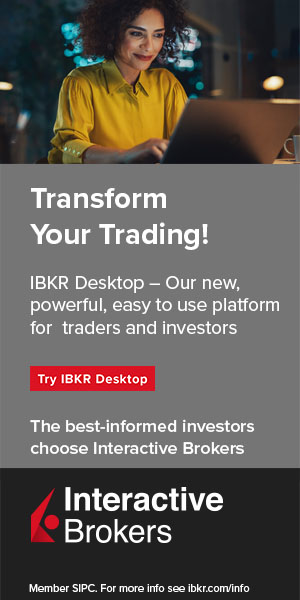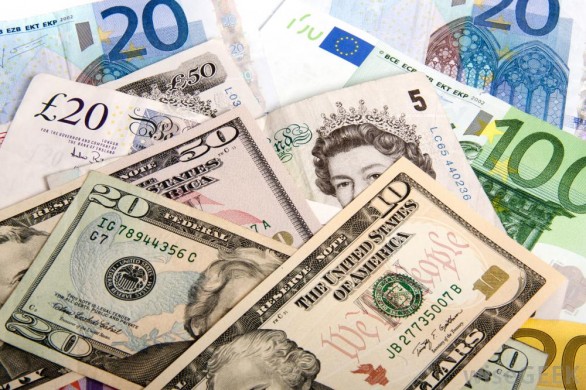For a book I’m working on I’ve been examining why Warren Buffett bought into American Express in the 1990s. It is all about the quality of the economic franchises. I thought it might be useful to describe the thought-process for identifying resilient economic franchises – the basis of Warren Buffett’s approach today.

Warren Buffett versus Mr Market
What attracted the 33-year-old Warren Buffett to American Express in 1964 was the undeniable strength of its business model and the quality of the brand in the minds of customers. These franchise qualities persisted despite the loss of a significant sum in an obscure branch of the company – a fraudster had left American Express with a $60m bill to pay (see Investment 8 in the first Volume of The Deals of Warren Buffett).
Buffett turned a $13m investment (5% of Amex and one-third of the Partnership’s fund) into about $33m.
A similar logic applied in the early 1990s when Buffett, not slowing one jot as he approached the standard retirement age, put a big chunk of Berkshire Hathaway’s money to use. Amex had muddled through years of wasting money on ventures outside of the core business of charge cards, travelers cheques and related services. And it now faced the growing competitive might of Visa and Mastercard.
Mr Market viewed the company with suspicion, wondering how it could stem the bleeding from some of its arms, and doubtful that it had the leadership to come up with a credible plan.
And yet underneath the rubble were the ever-shining high-quality franchises. Cardmembers remained loyal, still liking the convenience and efficiency of carrying the card, drawn by the psychic benefit of membership of a special club of cardholders, linking their sense of self and having “made it” with the brand, and still valuing the imprimatur of American Express on a range of other financial services. Holidaymakers and executives trusted Amex’s travelers cheques to deliver when they pitched up any one of thousands of places around the globe.
Wall Street focused on the recent blunders; Buffett saw the franchises.
Wall Street looked at immediate numbers; Buffett peered to see where the profit levels could be in ten and twenty years given the right steer.
Wall Street examined the company’s shape as it was; Buffett saw that its firm foundations, built on a reputation for integrity and service, would allow focused expansion within America and globally.
It’s all about the economic franchises.
By the 1990s American Express had built two major franchises, both of which were based on customers’ need to pay for goods and services in a safer and more efficient way than carrying wads of cash.
The card franchise
The American Express charge card, first used in 1958, evolved to solve a number of problems.
First, people with the income or wealth to spend above average amounts on restaurant meals, hotels, on clothes and for flights needed a way of paying which did not involve carrying hundreds of dollars around. It is so much more convenient to pay with a card when at home or abroad for goods, experiences or services, then to receive an itemised bill from Amex and pay off the amount outstanding a month or so later. It’s all the better if everyone knows that American Express would only grant such a card to a person of some standing in terms of financial status and reliability – it doesn’t hurt one’s self-esteem to flash a card with such exclusive cache.
Then there are merchants – the hotels, shops, car rental outfits, airlines, etc. – faced with the problem of attracting the higher-spending holders of the American Express card. They knew that Amex would charge them a hefty percentage (e.g. Amex would reimburse the amount of a purchase minus 2.5% or so), but that was okay if offering to accept the Amex card could make the difference between making a sale or losing it. Retailers refusing the card take a gamble that an executive looking to buy a couple of suits might just walk down the street to another shop with it prominent sign in its window proclaiming “American Express accepted here”.
The third problem it solved was for business owners who suffered the administrative hassle that comes when of hundreds of members of staff are encouraged to buy services or goods when they are out in the field or back at base. They welcomed the innovation of the corporate version of the American Express card, which could be handed to key employees who could then rack up expenses, e.g. for hotel stays or office supplies, over a month. The various costs are amalgamated by Amex, and all the company has to do is pay the total in one go a month or so later. No more tedious paper for the sales force to reclaim scores of expenses, nor for board executives as they criss-crossed the world.
Better yet, the company (or employee) is given perks by American Express, the amount of which varies depending on spending levels, e.g. 0.5% of spend is rebated in cash, or airmiles are accumulated. The “Membership Rewards Loyalty Program” is a great draw for the general public as well as for corporates. They earn points when using the card. These points can be redeemed for a broad range goods and services, or ca
………………To read more subscribe to my premium newsletter Deep Value Shares – click here http://newsletters.advfn.com/deepvalueshares/subscribe-1


 Hot Features
Hot Features













